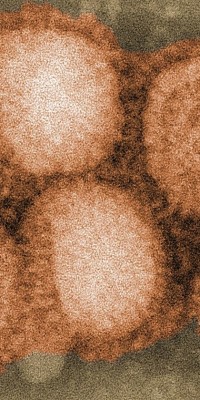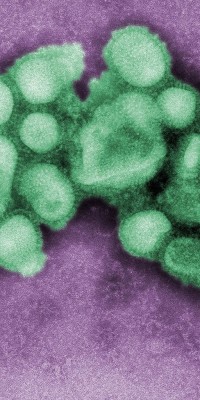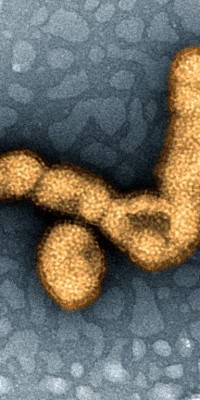The H1N1 virus is a highly contagious airborne pathogen. H1N1 is also mistakenly known as “swine flu”. Despite the name, the virus is not associated with swine or pigs. It is, in fact, a very different virus than those that infect swine. This new virus was first detected in people in the United States in April 2009, though cases have declined significantly since.
Transmission:
H1N1 virus spread in the same ways that the seasonal flu is spread. Respiratory transmission occurs mainly by droplets disseminated by unprotected coughs and sneezes. Short-distance airborne transmission of influenza viruses may occur, particularly in crowded enclosed spaces. H1N1 is considered highly contagious and spreads rapidly.
Symptoms:
The symptoms of H1N1 are similar to other influenza varieties. However, severe illnesses and deaths have occurred as a result of illness associated with this virus. Symptoms may include:
- Cough
- Fever
- Sore throat
- Stuffy or runny nose
- Body aches
- Headache
- Chills
- Fatigue




